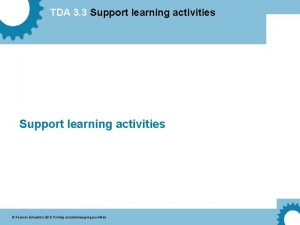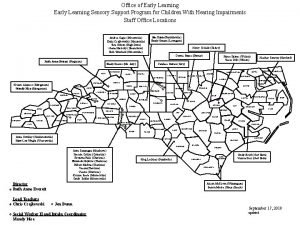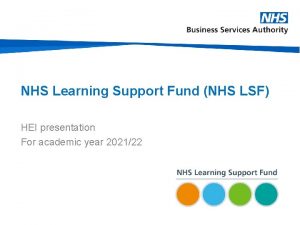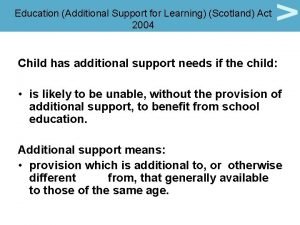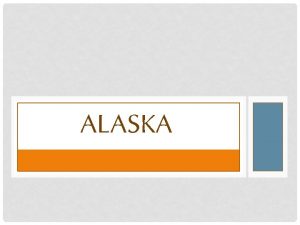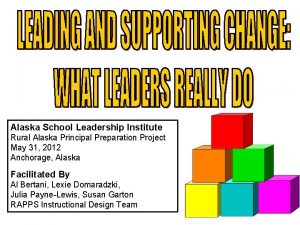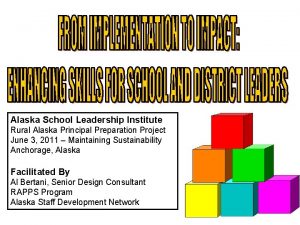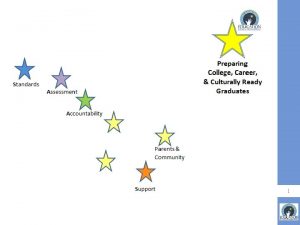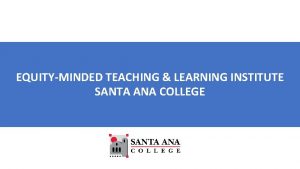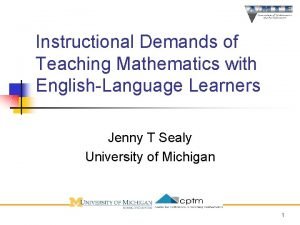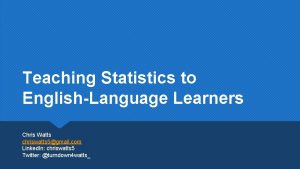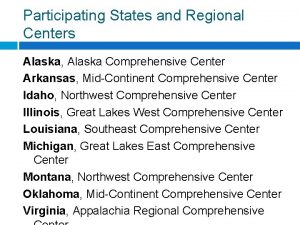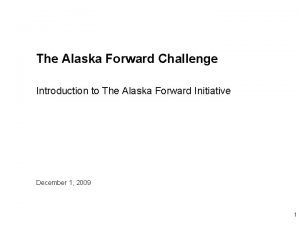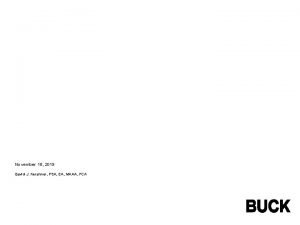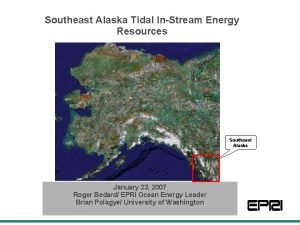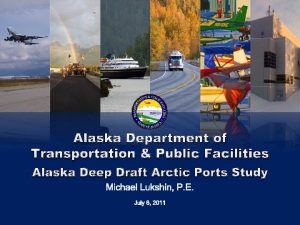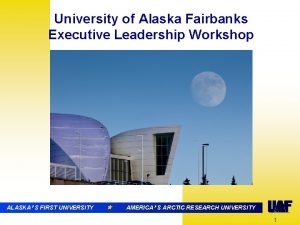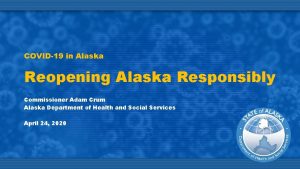2013 Teaching and Learning Support Institute Alaska EnglishLanguage









































- Slides: 41

2013 Teaching and Learning Support Institute Alaska English/Language Arts Karen Melin Alaska Department of Education & Early Development Administrator of Instructional Support 907 -465 -6536 karen. melin@alaska. gov 1

l l o P http: //www. polleverywhere. com/multiple_choice_polls/Cqc 3493 n. Pe. Ls. Dl. N 2

1

Goals For This Session • Gain a greater cognitive understand the key shifts in the Alaska English Language Arts • Instructional strategies for implementation of the Alaska ELA standards 4

Foundational Skills 5

Foundational Skills • Print Concepts (K – 1) • Phonological Awareness (K – 1) • Phonics and Word Recognition – 5) • Fluency (K – 5) (K

General Shifts in Instruction 1. Building knowledge through content-rich nonfiction and information texts in addition to literature 2. Reading and writing grounded in evidence from the text 3. Regular practice with complex text and its academic vocabulary

Shift #1: Building Knowledge Through Content-Rich Nonfiction and Informational Text 8

What is Informational or Content-Rich Nonfiction Text in ELA ? Emphasis is on text structure other than narrative Biographies, memoirs, speeches, opinion pieces Essays about art, literature, journalism, etc. Historical , scientific, technical, or economic accounts written for a broad audience Historical text (Gettysburg Address, Letters from the Birmingham Jail, or The Preamble and First Amendment of the United States Constitution) 9

Shift #2: Reading and Writing grounded in Evidence From Text 10

What does the mean? • For reading, students must grasp information, arguments, ideas and details based on careful attention to the text. • For writing, students must write to present analyses, well-defended claims, and clear thoughts using textual evidence. • Teachers become masterful at using text-dependent questions to help students achieve these objectives. 11

Shift #3: Regular Practice With Complex Text and Its Academic Vocabulary 12

What does that mean? • All student have the opportunity to practice reading complex text • Text is strategically chosen to help students become confident when confronted with text that is complex in structure, vocabulary, and/or density of information. Does not have to be non fiction to be complex. • An emphasis on building content vocabulary as well as academic vocabulary (words found commonly in academic settings like: analysis, assessment, establish, identify, and determine) 13

What make one more complex than the other? mountains Verplanck Colvin was born in 1847 in Albany, New York. From an early age, Colvin showed an interest in science and nature and loved hiking in the hills. When he was 18, Colvin read Woods and Water, a book by a local man, Alfred Billings Street, about his adventures in the Adirondack Mountains. Street described fishing in mountain lakes, traveling down fast-moving rivers, and camping in pine forests. These tales captured Colvin’s imagination, and he set out to explore the Adirondacks. Gill, M. (2012). Save this space. New York: The Mc. Graw-Hill Company. river Verplanck Colvin was born in 1847 in Albany, New York. He became interested in nature when he was a boy. He loved to hike in the hills near his home. When Colvin was 18, he read a book about Adirondack Mountains. He was very excited to read about lakes, rivers, and forests. So he decided to explore the Adirondacks. 14

• Density and Complexity • Figurative Language • Purpose • Standard English • Variations • Register Levels of Meaning Structure Language Convention and Clarity Knowledge Demands • Genre • Organization • Narration • Text Features • Text Structure • Graphics • Background • Prior • Cultural • Vocabulary

Complex Text Scaffolding… There are many ways to scaffold student learning in complex text: • Multiple reads using annotation • Read Aloud • Chunking text (a little at a time) • Provide support while reading, rather than before 16

Academic Vocabulary? Content Vocabulary • Carnivore • Erosion • Refraction • Tariff • Migration • Region Academic Vocabulary • Organized • Analysis • Compare • Contrast • Outline • Synthesis 17

Look at high yield instructional strategies for shifting to the new standards 18

Explicit Instruction on text structures Narrative Character(s) Informational Cause/Effect Setting Compare/Contrast Problem/Conflict Description Events Resolution/Outcomes Theme 19 Chronology/Sequence Problem/Solution

Close Reading • Close reading is meant to be completed using short texts at grade level. • Close reading is meant to be completed over several repeated readings extended over several teaching periods. • Close reading is meant to be a collaborative process amongst peers and facilitated by an educator 20

VOCABULARY

Vocabulary • Better understanding of complex words • Promotes critical thinking • Draws on prior knowledge to build new connections • Accommodates different learning styles • What the word is not • Visual reference 22

Activity: Vocabulary • Survival Words – – – Choose several unfamiliar words from the text. Have students copy the chart. Students write the meaning of the words they know. Work in groups to share words that they are most confident about. Review charts with the entire class and help them clarify words which they still have difficulty. 23

VOCABULARY

Asking the right questions takes as much skill as giving the right answers. Robert Half 25

Progression of Text Dependent Questions Opinions, Arguments, Intertextual Connections Inferences Author’s Purpose Vocab & Text Structure Key Details General Understanding 26

Progression of Text Dependent Questions with Bloom’s Taxonomy Opinions, Arguments, Intertextual Connections Inferences Author’s Purpose Vocab & Text Structure Key Details General Understanding Synthesis Evaluate Analysis Application Comprehension Knowledge 27

Text Dependent Questions • Can only be answered with evidence from the text. • Can be literal and will involve higher level thinking skills (analysis, synthesis and evaluation). • Focus on vocabulary, sentence and paragraph, in addition to larger ideas, themes or events. • Focus on the challenging sections of the passage. • Include prompts for writing and discussion. Three types of questions • Assess theme and central ideas • Assess knowledge of vocabulary • Assess syntax and structure 28

Creating Text Dependent Questions Step One: Identify the core understandings and key ideas of the text. Step Two: Start small to build confidence. Step Three: Target vocabulary and text structure. Step Four: Tackle tough sections head-on. Step Five: Create coherent sequences of textdependent questions. Step Six: Identify the standards that are being addressed. Step Seven: Create the culminating assessment. 29

30

31

32

33

34

35 www. fisherandfrey. com

36 Brown University (2013, August 5). New explanation for odd double-layer Martian craters

Your turn Develop three text dependent questions that focus on the following areas: • Theme and Central Ideas • Knowledge and Vocabulary • Syntax and Structure 37

Text Dependent Questions • Theme and Central Ideas What evidence supports varied climate as a possible cause for double-layered craters on Mars? • Knowledge and Vocabulary Impact (verb) means to strike forcefully. An impactor (noun) is something that strikes something else forcefully. What happened on Mars when its surface was struck by an impactor? • Syntax and Structure An appositive is a noun or pronoun which adds extra information to clarify a noun in the sentence. Watching for the commas that surround the appositive, determine what James W. Head does at the University. 38

Goals For This Session ü Gain a greater cognitive understand the key shifts in the Alaska English Language Arts ü Instructional strategies for implementation of the Alaska ELA standards 39

Closing 40

Contact Me! Karen Melin, Administrator of Instructional Support karen. melin@alaska. gov, 907 -465 -6536
 Taylor institute for teaching and learning
Taylor institute for teaching and learning Scaled down teaching situation
Scaled down teaching situation Word signals
Word signals Cuadro comparativo de e-learning
Cuadro comparativo de e-learning English language teaching institute
English language teaching institute Cci learning courseware edtech
Cci learning courseware edtech Cengage learning 2013
Cengage learning 2013 The purpose of remedial teaching is to
The purpose of remedial teaching is to What are the elements of teaching and learning?
What are the elements of teaching and learning? New jersey center for teaching and learning
New jersey center for teaching and learning How many total squares are there
How many total squares are there End goals of mtb-mle
End goals of mtb-mle Lausd teacher framework
Lausd teacher framework Assessment: the bridge between teaching and learning
Assessment: the bridge between teaching and learning Technical core meaning
Technical core meaning Uses of cd and dvd in education
Uses of cd and dvd in education Approaches to teaching ib
Approaches to teaching ib Www.njctl.org answer key
Www.njctl.org answer key 10 steps to independence daily 5
10 steps to independence daily 5 Benefits of assure model
Benefits of assure model What is contextualized learning
What is contextualized learning Transparency in learning and teaching
Transparency in learning and teaching Nj center for teaching and learning
Nj center for teaching and learning Contextual teaching and learning
Contextual teaching and learning Three types of learning
Three types of learning Alaska state hospital and nursing home association
Alaska state hospital and nursing home association State of alaska division of retirement and benefits
State of alaska division of retirement and benefits Leicester learning institute
Leicester learning institute Cooperative learning institute
Cooperative learning institute Invuya
Invuya Institute for learning qtls
Institute for learning qtls Denpendence
Denpendence Institute for personalized learning
Institute for personalized learning Unboss novartis
Unboss novartis Great teaching inspired learning
Great teaching inspired learning Development of teaching learning materials
Development of teaching learning materials Teaching learning material
Teaching learning material![Creative teaching u0026 learning [open house sit lhi] Creative teaching u0026 learning [open house sit lhi]](data:image/svg+xml,%3Csvg%20xmlns=%22http://www.w3.org/2000/svg%22%20viewBox=%220%200%20200%20200%22%3E%3C/svg%3E) Creative teaching u0026 learning [open house sit lhi]
Creative teaching u0026 learning [open house sit lhi] Tda 3.3 support learning activities
Tda 3.3 support learning activities Early learning sensory support program
Early learning sensory support program Nhs learning support fund regional incentive
Nhs learning support fund regional incentive Additional support for learning act 2004
Additional support for learning act 2004
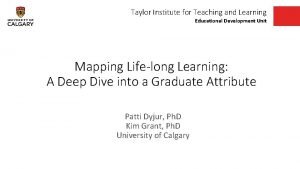



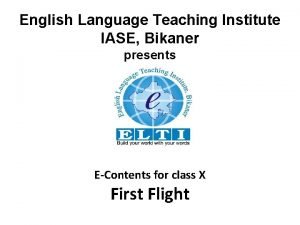

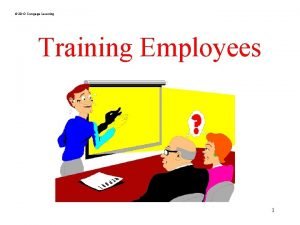

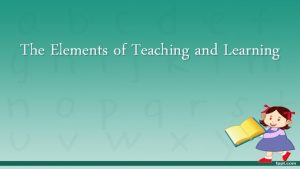
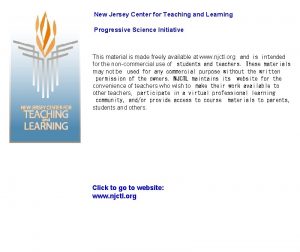
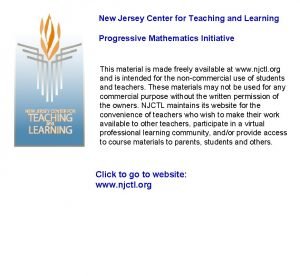
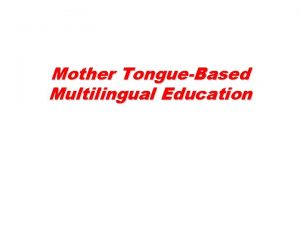
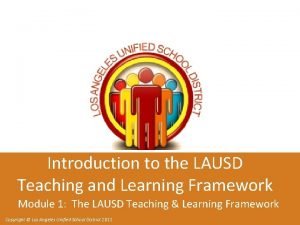
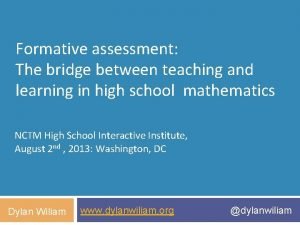
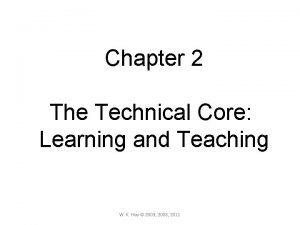
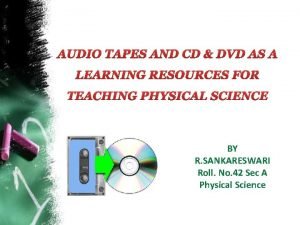
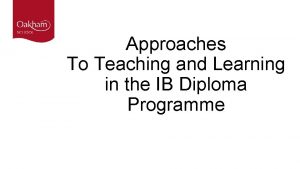
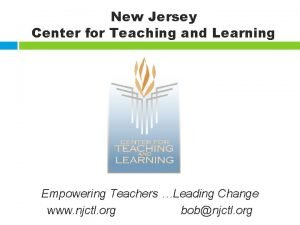
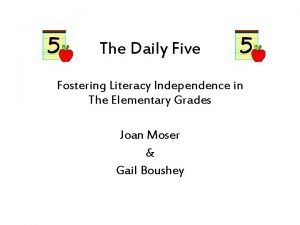

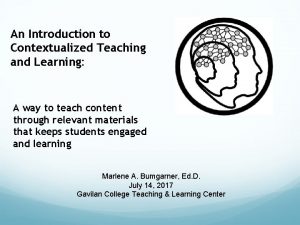
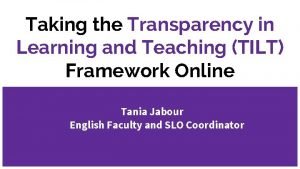
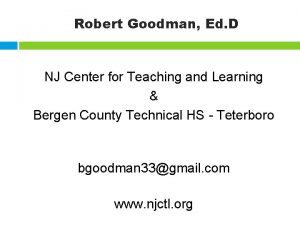
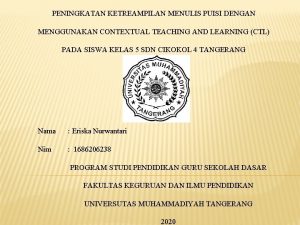
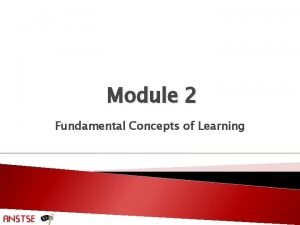
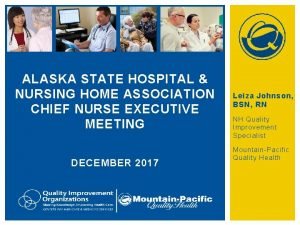
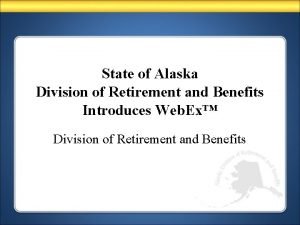
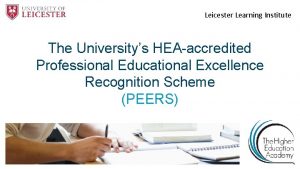
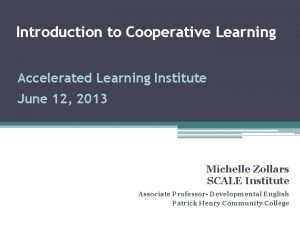
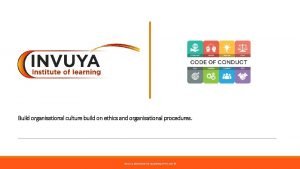
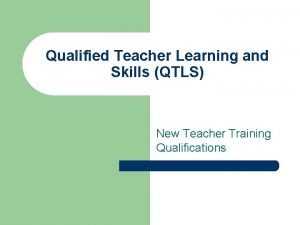

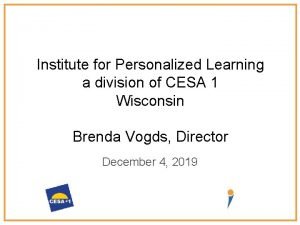

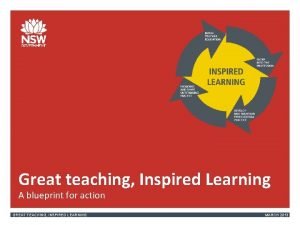
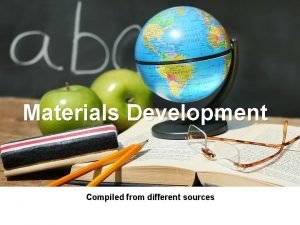
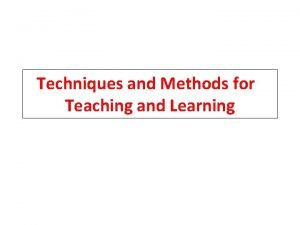
![Creative teaching u0026 learning [open house sit lhi] Creative teaching u0026 learning [open house sit lhi]](https://slidetodoc.com/wp-content/uploads/2020/11/2512431_988e0f6fb16141d8d362e3669c9f87c2-300x225.jpg)
